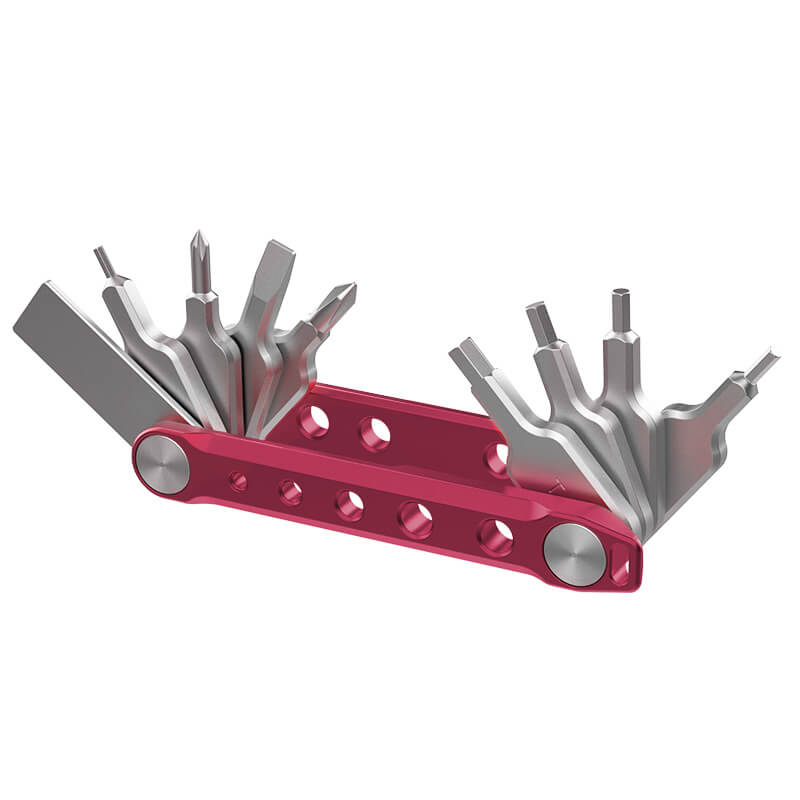Quick Answer: Can you bring camera equipment on a plane? Yes, you can! Most airlines allow you to carry on camera bodies, lenses, and small tripods. Always check your airline's specific rules for size limits on carry-on bags and checked luggage.
Have you ever set off on an exciting trip, eager to capture stunning landscapes and unforgettable moments with your camera, only to find yourself wondering how to safely bring all your gear on the plane? If so, you're not alone! Many travelers face the same dilemma: what can you carry onboard, and what do you need to check? The rules can feel overwhelming, especially when it comes to protecting your valuable equipment. In this article, we'll share everything you need to know about traveling with your camera gear. With our tips, you can enjoy your trip and capture great memories without stressing about your equipment.

How Well Do You Know Airline Rules?
General Airline Rules for Carry-On and Checked Bags
When you plan your trip, it's important to know the airline's rules about carry-on and checked bags. Most airlines let you bring one carry-on bag and one personal item, like a backpack or purse, for free. The size and weight limits can be different for each airline, so always check their specific rules before you pack.
Camera gear can be big and heavy, so think carefully about how to carry it. Many travelers use a special camera bag as their carry-on, which is a smart choice as long as it fits the airline's size requirements. If your equipment is too large, you may have to check it, which can come with extra risks.
Get to Know TSA Rules for Camera Gear in the U.S.

In the United States, the Transportation Security Administration (TSA) has rules for bringing camera gear through airport security. Most camera equipment can be taken on a plane, but keep these important points in mind:
- X-Ray Screening: All electronic devices, including cameras, need to go through X-ray screening. You have to take your camera out of your bag and put it in a separate bin for inspection.
- Lenses and Accessories: Smaller items like lenses and other accessories should be packed securely in your camera bag. However, larger lenses may also need to be taken out for individual checks at security.
- Batteries: Lithium batteries have specific rules. The larger batteries used for cameras should not be bigger than 100 watt-hours (Wh) and must be carried in carry-on baggage, not checked in your luggage. If you need to take bigger batteries, you may need to seek special approval.
If you're traveling internationally, it's important to know that the rules may be different from those in the U.S. Many countries have their own guidelines for security checks, customs forms, and restrictions on certain equipment.
Special Requirements for Different Camera Equipment
When you travel with different kinds of camera gear, there are specific rules to follow. Here's a simple guide to the requirements for various types of camera equipment.
Camera Bodies
You can usually bring camera bodies, like DSLRs, mirrorless cameras, and digital cameras, as carry-on items. Make sure to pack your camera in a soft case with padding to keep it safe during your travels. At the security checkpoint, you will need to take your camera out of your bag. Put it in a separate tray for X-ray screening. This makes the security process go more smoothly.
Lenses

You can bring camera lenses on the plane. It's best to keep them in a padded camera bag to prevent damage. Adding padded dividers inside your bag will help protect them from bumps. If you're bringing several lenses, make sure they are separated and well-protected. Always use lens caps and wrap each lens in a microfiber cloth or soft pouch to avoid scratches or breaks.
Drones
Most of the time, you can take drones with you when you travel; however, it's essential to verify your airline's rules beforehand. Some airlines have limits on the size of drones or the capacity of their batteries. Lithium batteries for drones must be taken onto the plane with you and shouldn't be larger than 100 watt-hours (Wh). If your drone has bigger batteries, you may need to seek special approval or use smaller batteries.
Tripods/Monopods

Small, foldable tripods and monopods are usually allowed as carry-on luggage. Just make sure they fit within the size limits of your carry-on bag. For bigger tripods, you may need to check them. For items you wish to carry on, you should check with the airline to ensure that the item will fit in the overhead bin or underneath the seat of the airplane.
Flash and Lighting Equipment

Typically, flash units and lighting equipment are allowed on the plane. Make sure to protect the flash heads and other delicate parts with padding so they don't get damaged during the flight. Like cameras and drones, lithium batteries used in flash equipment must follow airline rules. Always check the specific guidelines for the types of batteries you are bringing.
Filters and Accessories

Accessories such as filters, shutter releases, memory cards, and chargers can usually be stored in the side pockets of your camera bag. Make sure these items are easy to reach during security checks. It's important to protect fragile items, especially glass filters. Using protective cases or soft pouches will help keep them safe from bumps and scratches.
Laptops and Tablets
If you use a laptop or tablet for editing photos and videos, you need to bring these devices in your carry-on luggage. Be ready to take them out of your bag for X-ray inspection. Make sure the batteries for your devices follow airline rules, and remember to turn them off before going through security.
External Hard Drives and Storage Devices
You can bring external hard drives, SSDs, and other storage devices in your carry-on luggage. Use padded sleeves or cases to protect them from damage. To avoid losing important files, it's smart to carry multiple backup storage devices. This way, if one device gets damaged or lost, you'll still have access to your files.
5 Tips to Pack for Air Travel with Camera Equipment
When flying with camera equipment, you should keep your gear safe, follow airline rules, and pack in a way that's easy to manage. Here are some tips for packing your camera gear:
Choose the Right Camera Bag

- Camera Backpack: This is a great option for bringing your gear on the plane. Look for one with good padding that meets the airline's carry-on size limits, usually around 22 x 14 x 9 inches (56 x 36 x 23 cm).
- Wheeled Camera Case: Ideal for transporting a lot of gear or heavier items. Make sure the wheeled case fits the carry-on size rules (typically 22 x 14 x 9 inches) so you can move it easily through the airport.
- Hard Shell Case: If you have valuable equipment or need to check some items, consider using a sturdy hard shell case with custom foam padding inside. Check with your airline for any specific restrictions regarding checked baggage size and weight, which often should not exceed 50 pounds (23 kg) for standard economy class.
Organize the Equipment Inside the Bag

- Camera Body: Place your camera body at the back of the bag. This helps protect it from bumps and impacts.
- Lenses: Wrap your lenses in foam or soft covers, and store them in separate compartments to keep them safe from each other. You can also use lens pouches for extra protection.
- Small Accessories: Put small items like batteries, memory cards, and chargers in the smaller pockets of your bag. This makes them easy to find and helps prevent losing them.
Use Custom Dividers and Protective Materials
Make sure all your gear is placed in padded dividers. This helps prevent your equipment from bumping into each other while you're moving. You can adjust the dividers to fit different pieces of equipment. For fragile items like lenses and filters, use foam padding or lens bags for extra protection. This will help keep them safe from damage.
Carry Valuable Equipment with You
Always keep your important gear, like your camera body, main lenses, memory cards, and laptop, in your carry-on bag. This helps prevent loss or damage during your trip. When it comes to batteries, remember that lithium batteries must be carried on the plane and cannot be checked. To keep spare batteries safe, store them in protective bags to avoid any risk of short-circuiting.
Arrange Equipment for Easy Access
Place items you might need during the flight, like your camera or frequently used accessories, at the top of your bag or in easy-to-reach spots. This makes it simple to grab them when you need them. If you have a lot of gear, pack the items you don't use often at the bottom of the bag or in secure areas. This way, you won't disrupt your frequently used equipment when reaching for something else.
Prepare Your Camera Gear for Safe Air Travel!
Traveling with camera equipment doesn't have to be difficult. Remember to plan ahead by checking your airline's policies and any international rules if you're flying abroad. Knowing the airline rules and following simple packing tips helps ensure a smooth trip and makes sure your camera equipment arrives safely at your destination!






